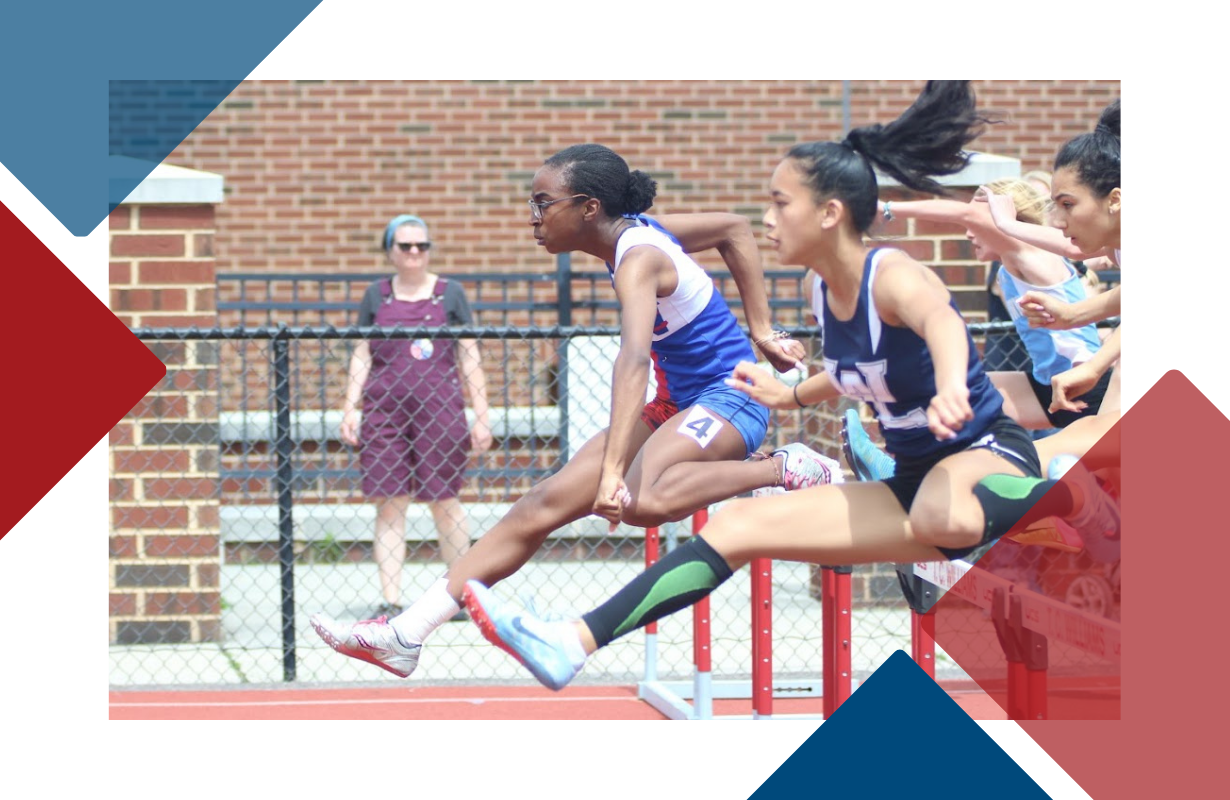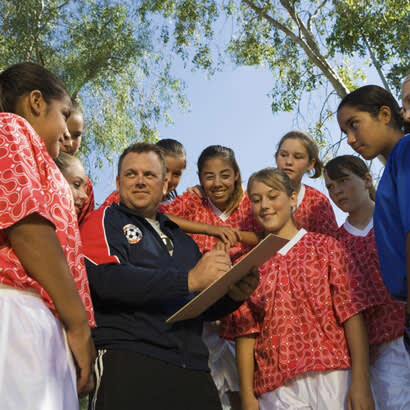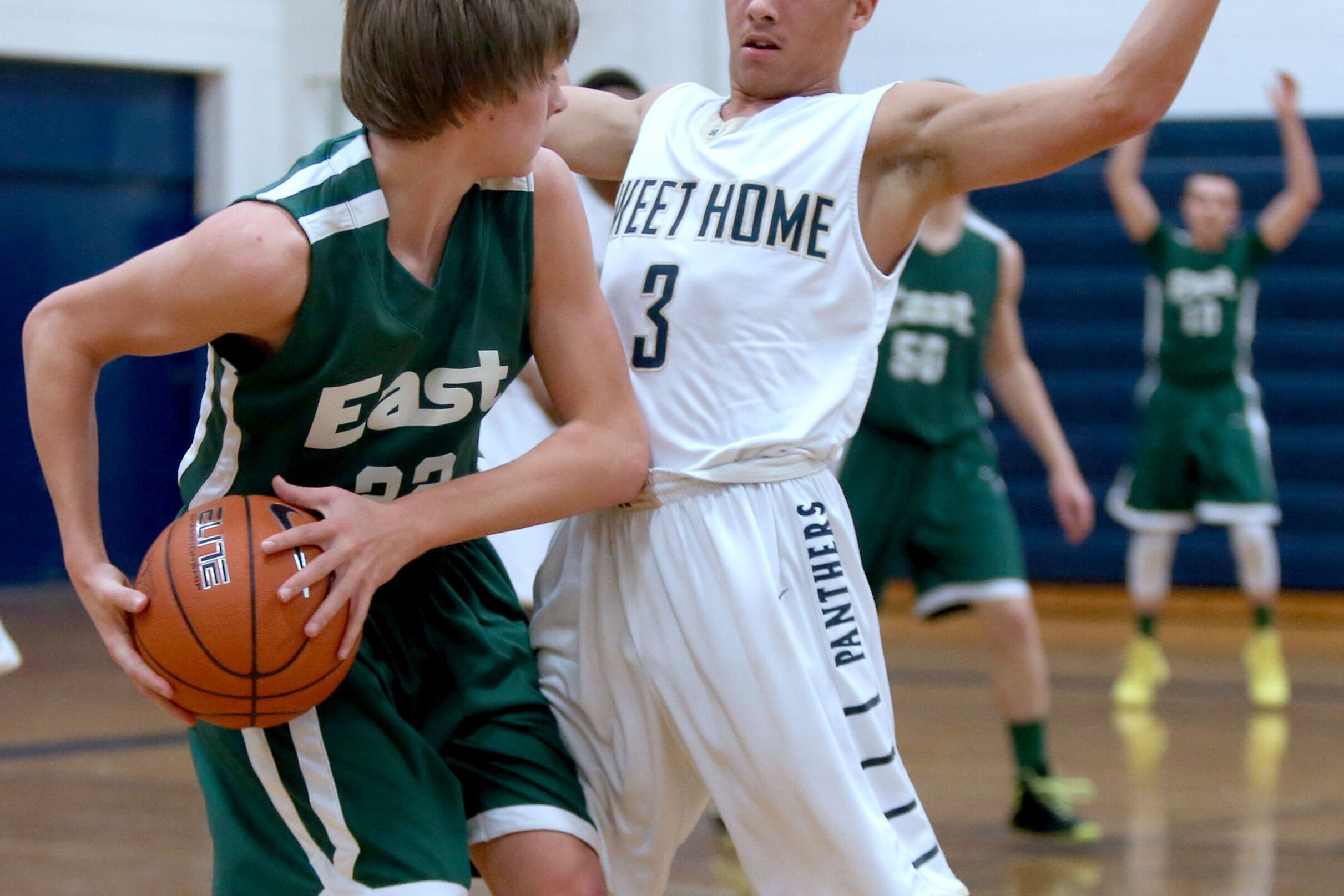For more than five years, Nate Baldwin was an innovator while leading youth sports programming for the Appleton (Wisconsin) Parks and Recreation Department. The department’s youth participation in four sports (basketball, baseball, soccer and flag football) increased by 70% from 2014 until early 2020, including gains of 188% in basketball and more than 100% in baseball.
Under Baldwin’s leadership, Appleton thought outside the box by using the framework of the Aspen Institute’s Project Play as a guide to reclaim the youth sports experience for the community. Then Appleton shared the ideas across the state of Wisconsin, earning the city the honor of being named a Project Play Champion in 2018.
Last month, Baldwin was let go from his job in Appleton. As the country braces for the economic impact from the coronavirus pandemic, other parks and recreation departments could encounter similar cuts. They also have what Baldwin describes as a “unique opportunity” to reinvent themselves with higher-quality programming when families return to sports in search of a more affordable option. We spoke with Baldwin about how he revitalized in-town leagues and what others can do during this unprecedented time.
Solomon: How did you grow participation so much and in such a short period of time?
Baldwin: What I took on was the typical park and rec program. We had experienced a lot of participation declines, as (park and recs across the country had). Numbers had decreased by 20% from the peak and there was a general willingness to be the fallback option for a lot of families. We weren’t very clear about what we stood for and what we valued. A lot of the building was laying out our program beliefs and working very intently on communicating that message outward, but also tackling the (program) details that reinforce that vision.
It was my staff, my volunteer coaches and my parents and kids all getting aligned with what it’s supposed to look like. The better we executed on the field, the more the confidence grew. It became this organic growth curve. Our retention went through the roof. Word of mouth went through the roof. There was so much excitement in the community seeing a program that had figured out something you could believe in.
Solomon: What changed specifically that caused this growth?
Baldwin: Certain characteristics of our program were always inherent, such as inclusion, which is the case for a lot of rec departments. But it’s not always positioned as a reason to join a program. Inclusion means regardless of your financial background, your ability, your shape, your size, your experience level – whether you are brand new to a sport or played the last five years – there’s a place for you here. In a lot of ways, inclusion can be spun by competitors as a negative, as a reason to avoid a program.
The changing moment was taking some of those things positioned as negatives and spinning them as positives. We told parents, no, the research from Project Play and Changing the Game Project actually shows doing this or that is beneficial. We turned these negatives on their head as selling points and owned them. We have some really talented players. But inclusion means giving kids some really unique ways to develop their confidence, sense of empathy, mentorship capability and leadership instead of participating in a program where you’re one of 10 clones.
We empowered our coaches with that thought. We had player of the game wristbands. We told the coaches it doesn’t matter what you recognize the kids for; find one opportunity every season to highlight the unique contribution of every player on the team. It forced our coaches to buy into inclusion and look for not always the most obvious contribution on the court. We had the ability to control 80-100 teams instead of leaving it up to each individual team to create their own culture. That’s a real advantage parks and rec has with one umbrella. Many travel programs in our area struggled with numbers as ours shot through the roof.
Solomon: Many community-based leagues seem unwilling to compete against travel teams with quality programming to keep families or entice new ones. Do you agree with that, and if so, why are they ceding this ground?
Baldwin: I think you’re 100% spot on. I tell parents what we’re doing is not an inferior approach, it’s actually going to position them for success. We need to redefine what success means. The definition I used is will this child, when he or she gets to my age in my mid-40s, still enjoy playing? Are they going to want to coach their own kids? Are they going to officiate? So many problems in youth sports with fewer officials, coaches and kids stem from the discarding of so many kids from sports at such an early age. Once that happens, it’s a hard stop. They don’t circle back.
I’m speaking from a little bit of privilege, because in our own department, we had one person who could focus on youth sports and that was me. A lot of rec departments are underfunded and one person is handling aquatic leagues, playground programs, camps, youth sports and adult sports. A lot of people in the industry are simply overwhelmed and probably are more reactive the way they manage their programs. I had the luxury to focus on youth sports.
I also think it’s a bit of a condemnation of the way recreation management majors and sport management majors are being trained. I don’t think they’re being trained to be business people on how to compete and market themselves and how to create a product vision. I came into this role in an unorthodox way. I was an entrepreneur. I ran my own adult sports business in Denver for 10 years and started a youth sports business in Wisconsin. I took a lot of my entrepreneurial background into a municipal setting, which was highly unusual.
Solomon: What advice do you have for parks and rec departments during these uncertain times?
Baldwin: There’s going to be a lot of market consolidation. I think a lot of organizations that led the way to this point are going to cease to exist over the next several months. That’s going to leave parks and rec departments to deliver a critical need, but they need to start planning now, or they’re going to experience the same thing and lose kids all over again. They might get the initial wave of kids who can’t afford the elite sports experience. But if they don’t take this seriously and provide an experience to stick around for, that’s going to be short lived.
There’s a unique opportunity to establish what youth sports should be. It’s probably an opportunity many parks and rec departments have not had before. I think there will be a gravitation back to community-based leagues and they need to cease on that opportunity.
Solomon: Yet you were just let go while trying to have a larger vision. Which way do you think this will go for parks and rec departments?
Baldwin: It’s a good question. I’ll tell you why I’m hopeful. I’ve spoken with no less than 30 organizations around the country since we’ve been named a Project Play Champion. For the most part, it’s been a pep talk. Go for it. It’s more encouragement than anything else.
I think there will be success stories. Will every park and rec department do it? No. There’s a lot of comfort in the status quo. This is uncomfortable. Being different and innovative requires confidence and a lot of belief, and not everybody shares a lot of that belief. That was the takeaway moment for me in being let go. But a lot of people do have that belief. I think those leaders will emerge. This is their moment to shine.
Do you have a topic that you would like Project Play to explore in future COVID-19 youth sports coverage? Email Jon Solomon at jon.solomon@aspeninstitute.org.






















